
5 things to know about Winnipeg’s big sewage problem
115 billion litres, 70 years to fix, $5.5 billion in lawsuits
Lake Superior’s last caribou were already in trouble by the time hungry wolves crossed an ice bridge to their island refuges and began hunting them towards the brink.
The gentle-looking creatures with velvety antlers had once been abundant around Lake Superior, where they’d lived for about 10,000 years, since the last ice age. But over the past two centuries — after Europeans settled on the Great Lakes — human development whittled away at their habitat. Most had retreated from the mainland to islands just off the shore. The caribou were backed into a corner.
The ice bridge formed in the winter of 2013-14, kicking off a years-long wolf banquet. The steady decline of the caribou quickly escalated into an emergency. In 2018, under pressure from conservationists, the Ontario government worked with Michipicoten First Nation to airlift the caribou to safer homes in a bid to buy time. They persist — for now — just out of the wolves’ reach.
But the clock is ticking: the tiny, even more remote islands they’re living on for the moment don’t have the resources to support very many of them, and one likely can’t support them forever. And while the Lake Superior caribou face the same threats as their relatives across the country, the unique traits that have allowed them to hang on this long mean their survival could be important for their species as a whole.
“They don’t deserve to be wiped out. It’s no fault of their own,” said Gordon Eason, a biologist who’s retired from his former job at Ontario’s Ministry of Natural Resources, and lives in Wawa, Ont., on the lake’s northeastern shore. “It’s just that things have changed around them. There’s kind of an ethical thing there, that we owe them something.”
The slow death of the Lake Superior caribou has happened on the watch of successive governments who have failed to stop, let alone reverse, the damage. Recent decisions made by Premier Doug Ford’s government to water down endangered species law, including exempting logging operations, likely won’t help. Advocates say a new deal ostensibly aimed at protecting caribou, struck between Ontario and Canada earlier this year, probably won’t either — it was widely decried by environmental groups, who said it “ignores the negative and cumulative impacts [of] industrial logging, road building, drilling and blasting.”
“That conservation agreement is a lot of words that really say nothing,” Chief Patricia Tangie of Michipicoten First Nation told The Narwhal. “There’s no commitment for protection.”
The situation leaves locals, First Nations and scientists with plenty of fodder for debate. How far are people and governments willing to go to keep the herd alive? What does restoring nature mean when nature, as it exists right now, isn’t the natural state of things at all?
“It’s not as simple as saving caribou,” said David Wells, who runs a Wawa-based guided tour company called Naturally Superior Adventures. He and Eason often debate the fate of the Lake Superior caribou for an audience of Wells’ customers. Wells says he plays devil’s advocate against Eason’s staunch protection stance for the sake of getting the audience thinking.
“It’s much more complicated than it appears on the surface.”
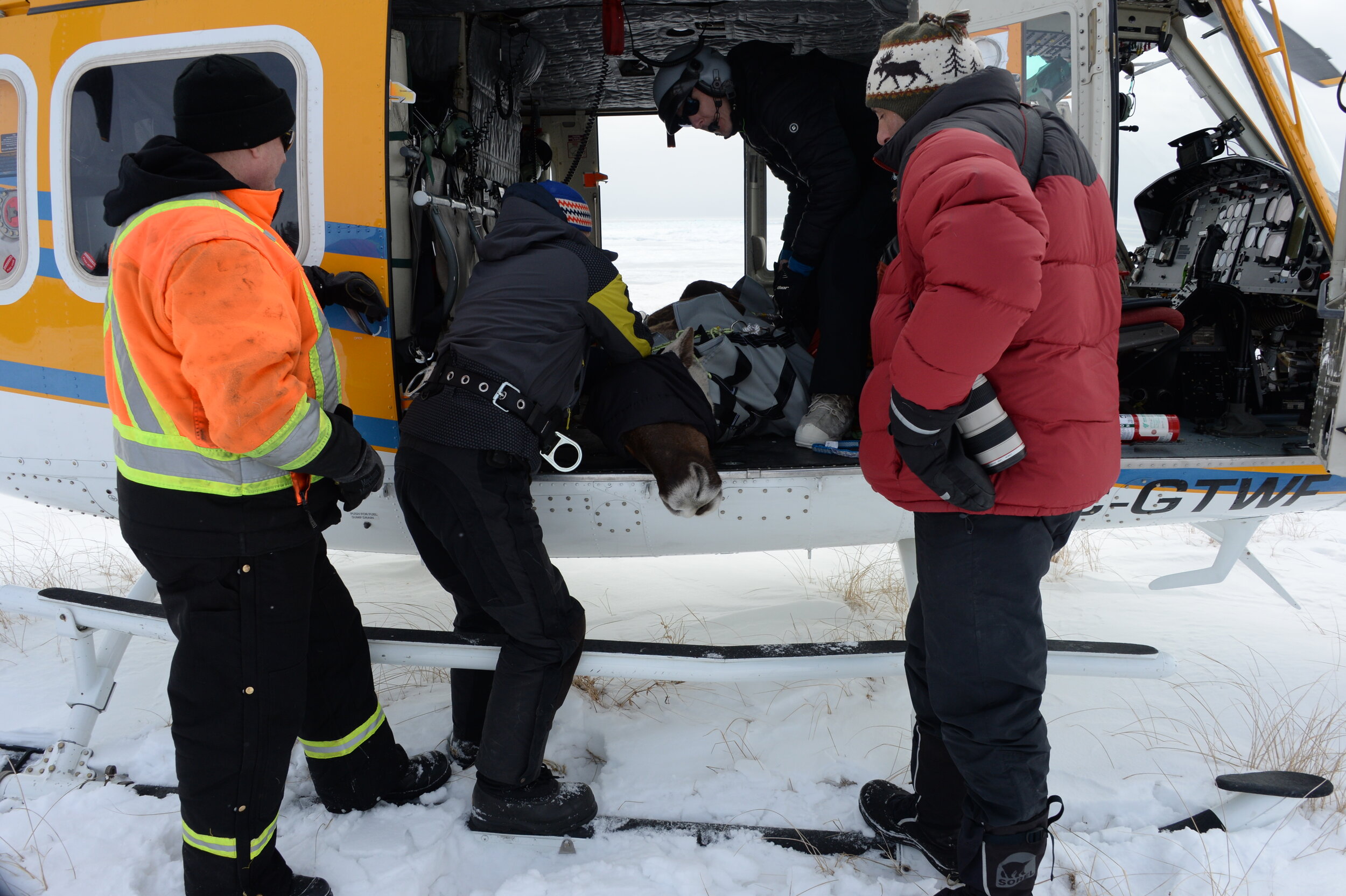
Woodland caribou, a species that includes the Lake Superior herd, have a vast but shrinking range stretching through forests across nine provinces and territories, all the way from Newfoundland and Labrador to British Columbia and the Yukon. They have long been important for Indigenous people, who hunted them sustainably since time immemorial.
“They’re our relatives,” Tangie said of the caribou. “I think that’s one of the most important things to remember. Just like we would not harm our aunties and uncles or our brothers and sisters, we wouldn’t harm them knowingly.”
For the last few centuries, settlers have been pushing them towards extinction. Just 14 herds in Canada are healthy enough to sustain themselves. Another 37 are hanging on with human help. In B.C., complex caribou conservation efforts have involved helicopters and 24-hour security.
Even protecting big chunks of land isn’t a guarantee caribou will survive: in Alberta, Jasper National Park is looking to boost its dwindling population by capturing and breeding some caribou before releasing them back into the wild. One herd in the park died out in 2020 and two others are too small to survive on their own. Just to the south, Banff National Park’s last five caribou were wiped out in an avalanche in 2009.
At the time, an expert warned that if caribou could perish in Banff, they could be wiped out in other protected areas too. The grim prediction appears to have come true in Pukaskwa National Park on Lake Superior, a two-hour drive northwest of Wawa. In a paper published in 2015 in the journal Écoscience, scientists concluded that the Pukaskwa herd was likely gone for good.
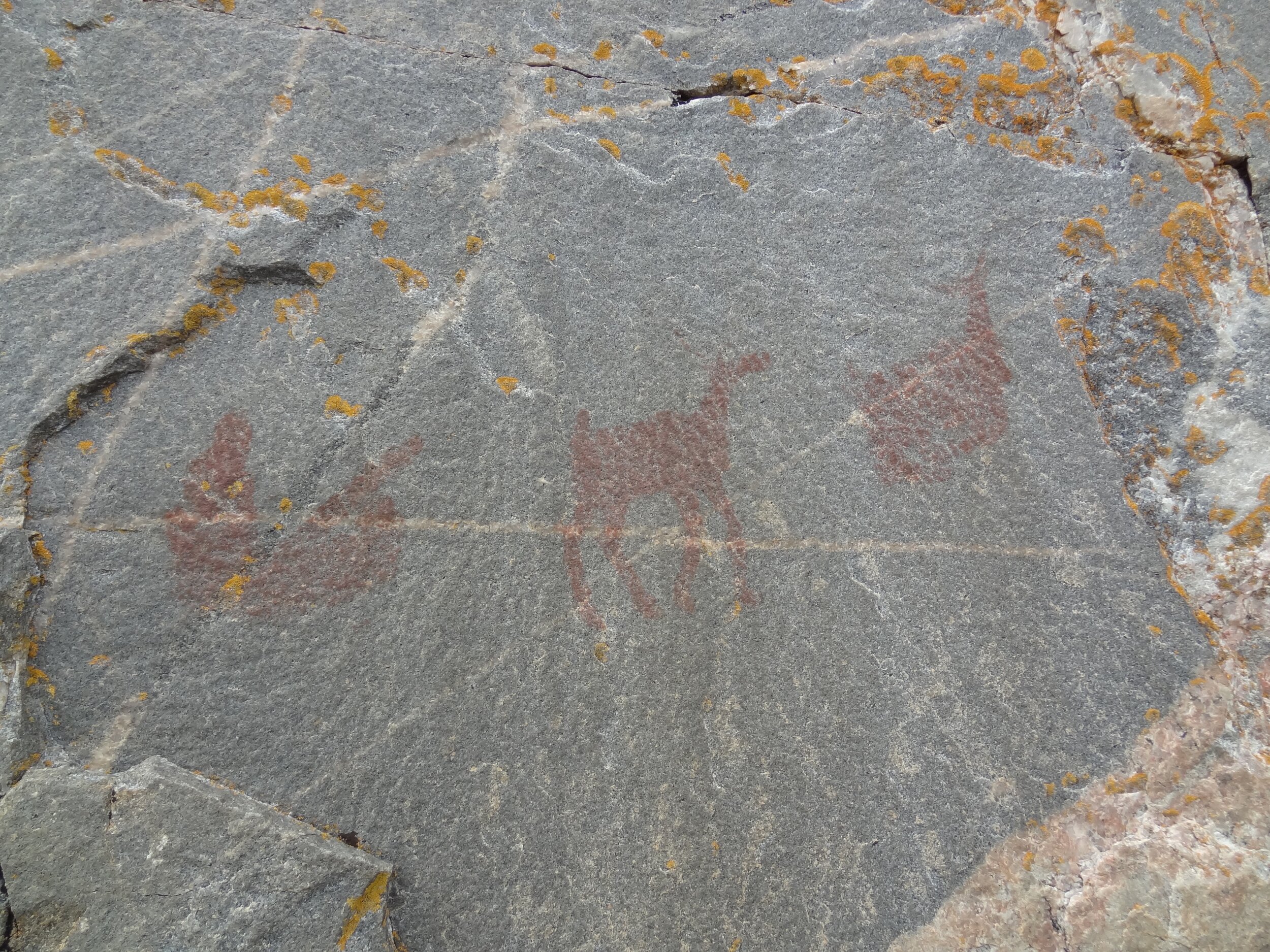
“The numbers just got to a point where they weren’t going to go anywhere but down,” said Brian McLaren, a co-author of the paper and an associate professor of wildlife biology at Lakehead University’s department of natural resources management.
The Pukaskwa caribou had been one of a few scattered herds left on Lake Superior, where not too long ago they were abundant. They used to live on the southern shore, too. The places named after them are still there — a river, a trail and even an American coffee chain.
“If we turn the clock back, say 150 years, the distribution of caribou did go well into Minnesota, into Wisconsin, and there were caribou in Algonquin Park,” McLaren said. “They were well established, even in the middle range of the Great Lakes.”
That began to change in the late 1800s. Over time, roads, agriculture, railways, mining and logging cut the Lake Superior herd off from their relatives to the north, leaving a gap of about 100 kilometres between them by the 1970s. The Ontario government now calls this the “discontinuous distribution” area.
The first problem was years of unchecked hunting by settlers. The second was the clearing of habitat. Not only did it cut off the Lake Superior herd, the southernmost caribou in Canada, it also made places where caribou live more appealing to moose, which thrive in the young forests that spring up after logging. Where the moose went, wolves followed. (Years of heavy snow inland from Lake Superior likely also drove moose towards the shore.)
There had always been some wolves in the area, which was alright since caribou space themselves out in their habitat to avoid predators. But soon there were too many. And as settler development sped up, so did the imbalance between predator and prey. By the 20th century, wolves were able to use human-made corridors like roads and hydro lines to catch them even more effectively.

By winter 2013-14, a handful of individual caribou were making do on the shoreline. But the real strongholds were Michipicoten Island, a lush oval-shaped haven formed by volcanoes, about 80 kilometres southwest of Wawa, and the Slate Islands, an archipelago created by a meteorite, about 130 kilometres northwest of Michipicoten.
Then, those fateful ice bridges formed. Just as importantly, they didn’t form frequently in the winters that followed.
More of Lake Superior used to freeze over more often, allowing caribou and wolves to move freely between the mainland and islands just off the coast. Wolves could pursue the caribou, but caribou were also able to escape. Or, once the number of caribou got too low to support the wolves, the predators would move back to the mainland to find more abundant food.
But with Lake Superior warming the fastest of all the Great Lakes, ice bridges are less predictable. And though caribou on the Slate Islands used to swim some distance out into the lake, maybe even as far as the mainland they now seem to have forgotten how. McLaren said scientists aren’t sure why — one hypothesis is that the individuals who held that knowledge were killed by wolves.
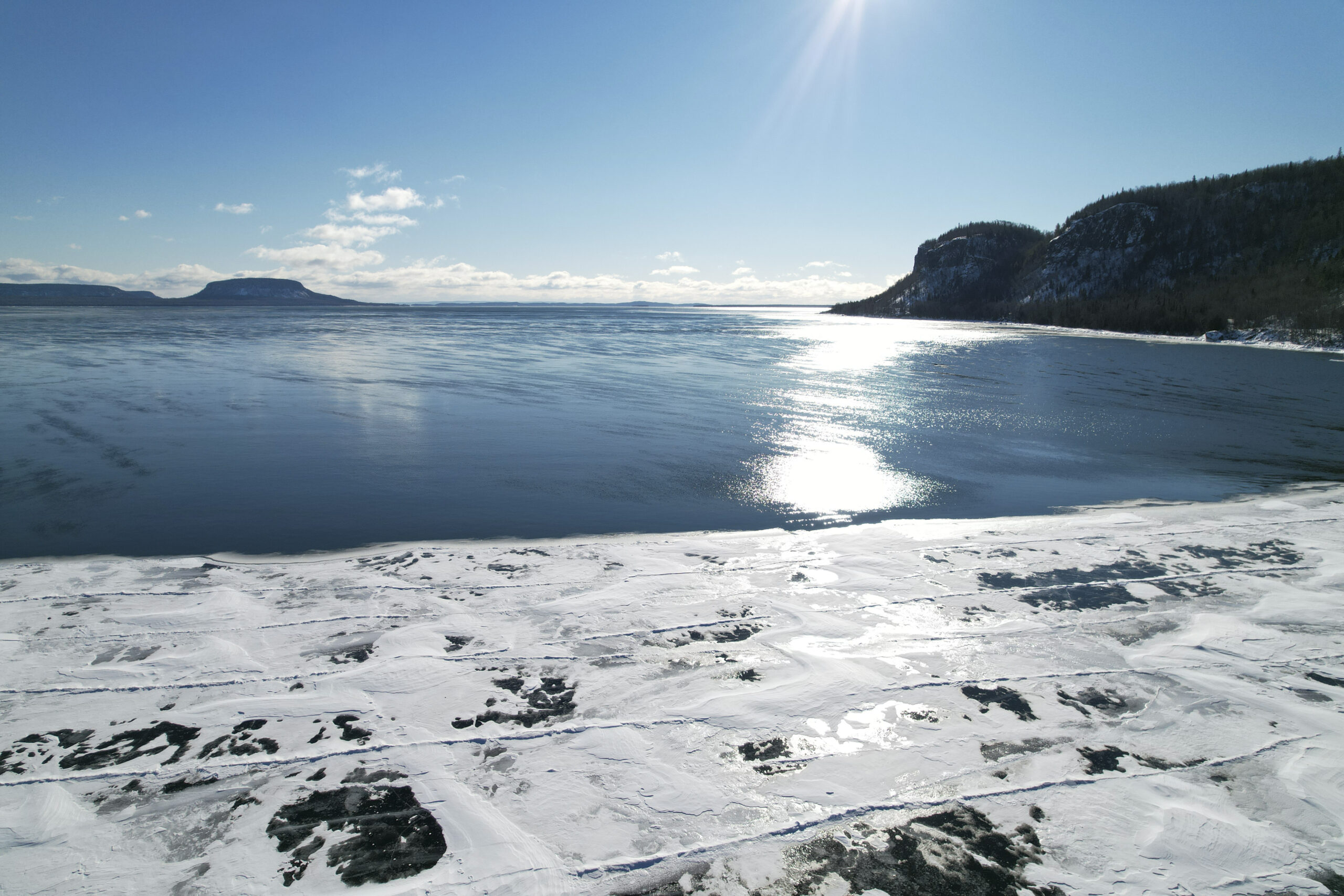
In any case, in the winter of 2013-14, the two species got stuck together on the tiny islands.
“All of a sudden, they’re trapped,” Eason said.
Christian Schroeder has a camp on Michipicoten Island and used to watch caribou of all ages at his backyard salt lick the way some people watch bird feeders. But in the years after the ice bridge, he said, the calves disappeared and the number of caribou visitors shrank. He and his partner stopped visiting the island, worried that the wolves would run out of prey and hunt humans instead.
Feeling powerless, he started working with Eason to advocate for the caribou. For years, locals, including Michipicoten First Nation, pushed the province to act but were “just dismissed as loonies,” Schroeder said. As the herd’s numbers plummeted, the Ontario government studied interactions between caribou and wolves, but for a long time didn’t do anything more.
“It’s a story of disaster and mismanagement and lack of prioritization,” Schroeder said. “If we couldn’t save them here in what represented an opportunity for some pretty straightforward solutions … it does not bode well for conservation of any species at any place.”
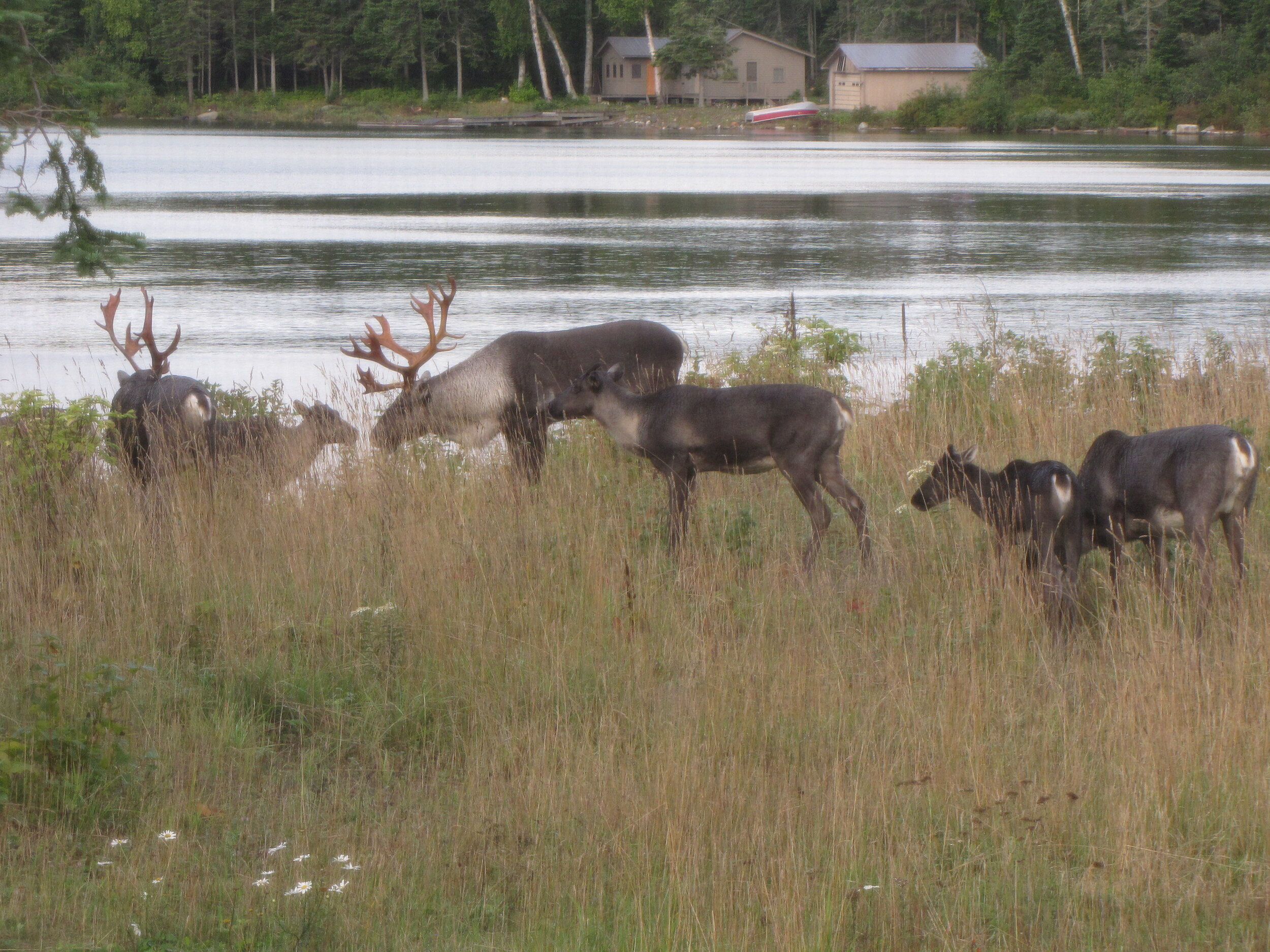
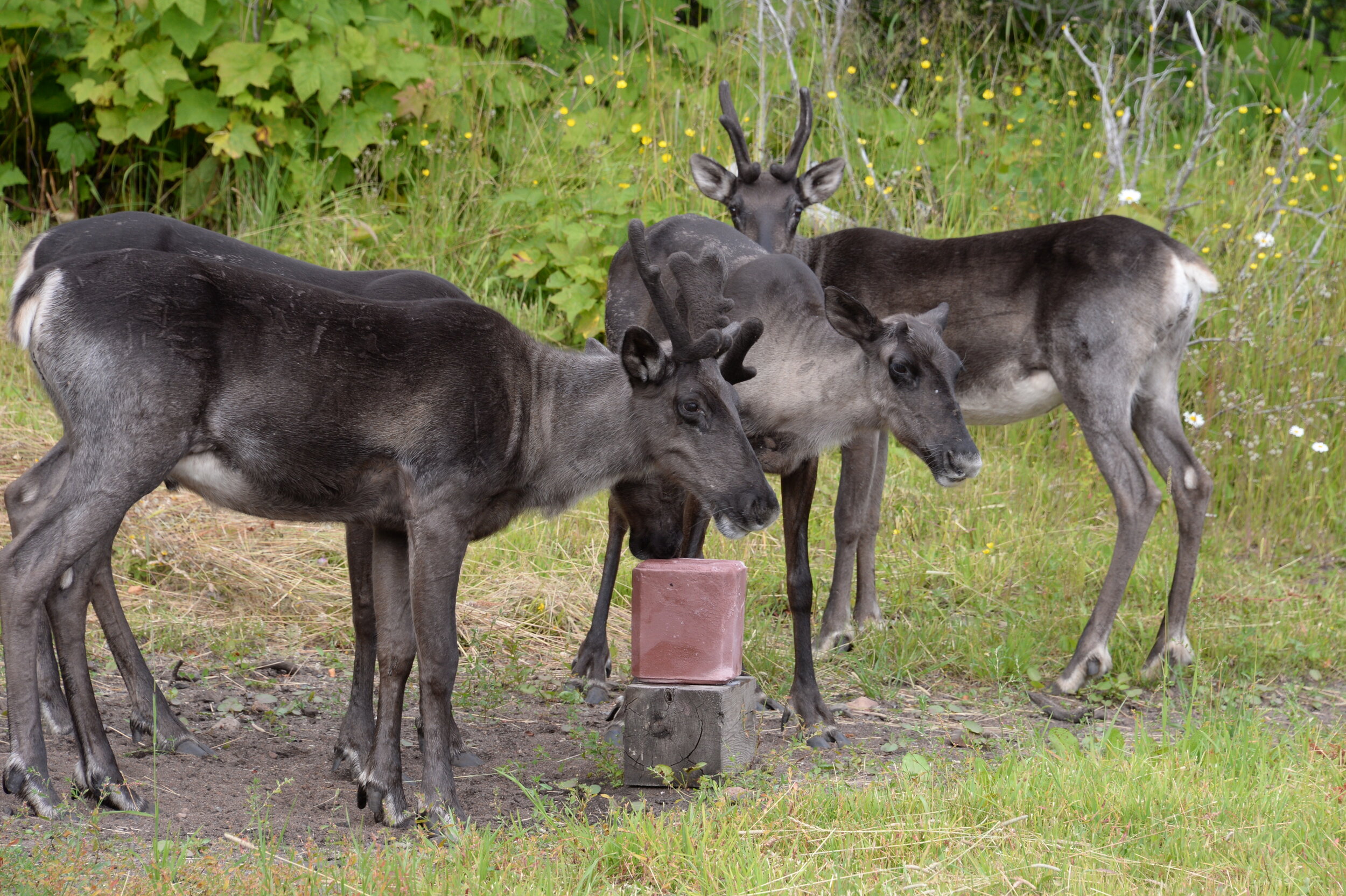
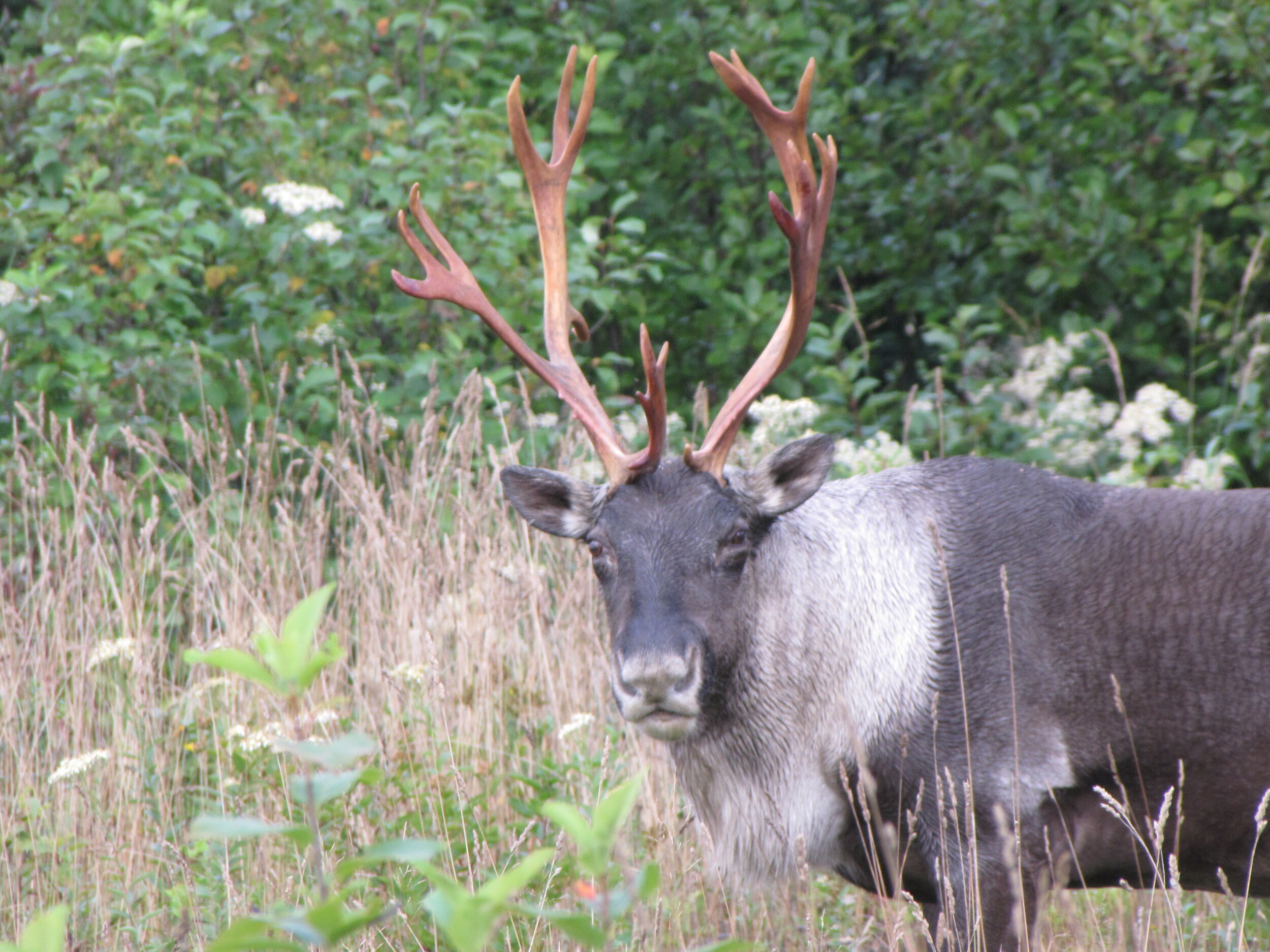
Ontario’s Ministry of the Environment — which is responsible for endangered species, including woodland caribou — didn’t respond to questions from The Narwhal about whether it feels officials responded quickly enough in the face of those concerns.
In early 2018, the total population of caribou on the islands had fallen from almost 1,000 to under two dozen. About 15 remained on Michipicoten Island. Two males were left on the smaller Slate Islands. Unable to reproduce, they were essentially extirpated, or locally extinct. “I can’t watch things like that happen,” Tangie said. “It’s my responsibility and a responsibility that Creator gave me … I have to become involved in ensuring that our relatives are at peace.”
At the last minute, the province worked with Michipicoten First Nation to arrange airlifts. Provincial staff led some, dropping a net over caribou from a helicopter and sedating them, covering their eyes and bundling them up for the flight. Michipicoten moved the others without tranquilizers — Tangie said the drugs made the caribou stagger and get icicles in their fur. Instead, she said, they used net guns to capture the caribou, bound their legs, covered their heads and gently stroked them to make the airlifts possible. They stayed calm until they reached Caribou Island. “It was done in a way that was gentle and respectful,” she said.
All told, nine caribou were moved from Michipicoten to the Slate Islands, which wolves had abandoned by then due to lack of prey. The rugged, rocky archipelago just offshore is covered in boreal forest that supports the lichen caribou like to eat. Another six went to Caribou Island, which is so far into Lake Superior that it would be impossible for wolves to reach it.
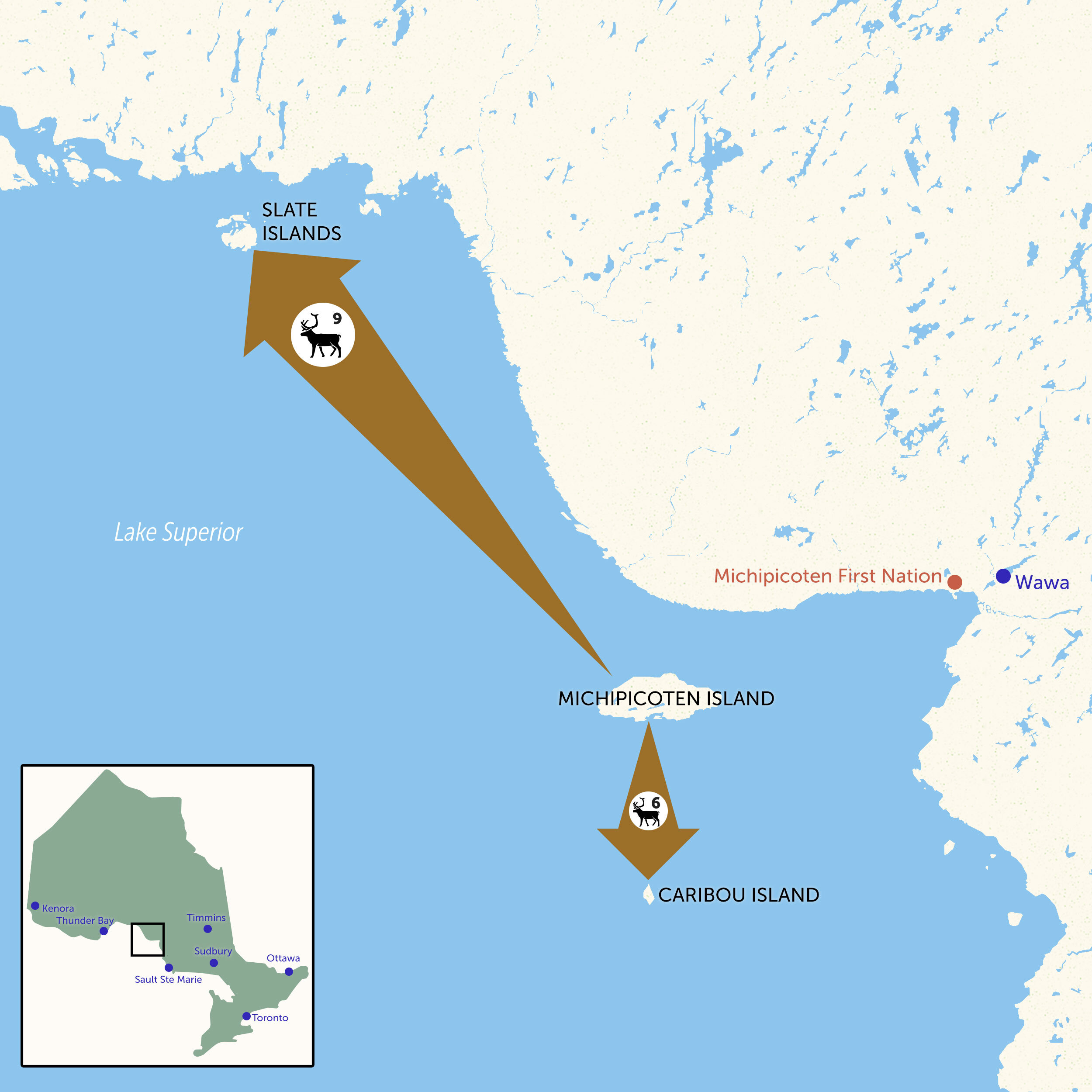
Part wetlands and part golden sand dunes, the forlorn isle has shimmering cerulean waters that could easily be mistaken for the Caribbean if they weren’t so cold. It’s far from danger, too. Michipicoten Island is just visible from its north end, as is the mainland, far off to the east. To the south and west, there’s nothing but waves, the horizon and the occasional boat breezing by.
Still, despite its name, it’s not actually ideal for caribou. They don’t usually live in sandy habitats, though the island does have enough forest for a few caribou to persist. Like the Slate Islands, it’s too small of an area to support more than a modest herd.
“We think its carrying capacity is, you know, probably getting close to it right now. Probably 30 animals, something like that,” Eason said.
So far, this batch of airlifted ungulates is doing okay. Exact tallies are hard to come by, caribou being elusive and all, but Eason said it looks like the number on the Slate Islands is now in the high 30s, and the mid to high 20s on Caribou Island. Their survival is especially important because he hasn’t heard of any caribou sightings on the mainland in several years — the last provincial survey was in 2016 — and advocates now fear the island caribou are the only ones left.
This wasn’t the first time Ontario tried moving the caribou around: the government also coordinated airlifts in the 1980s, when Eason was working there. It worked for a time, but without proper support, those herds mostly winked out within a few decades.
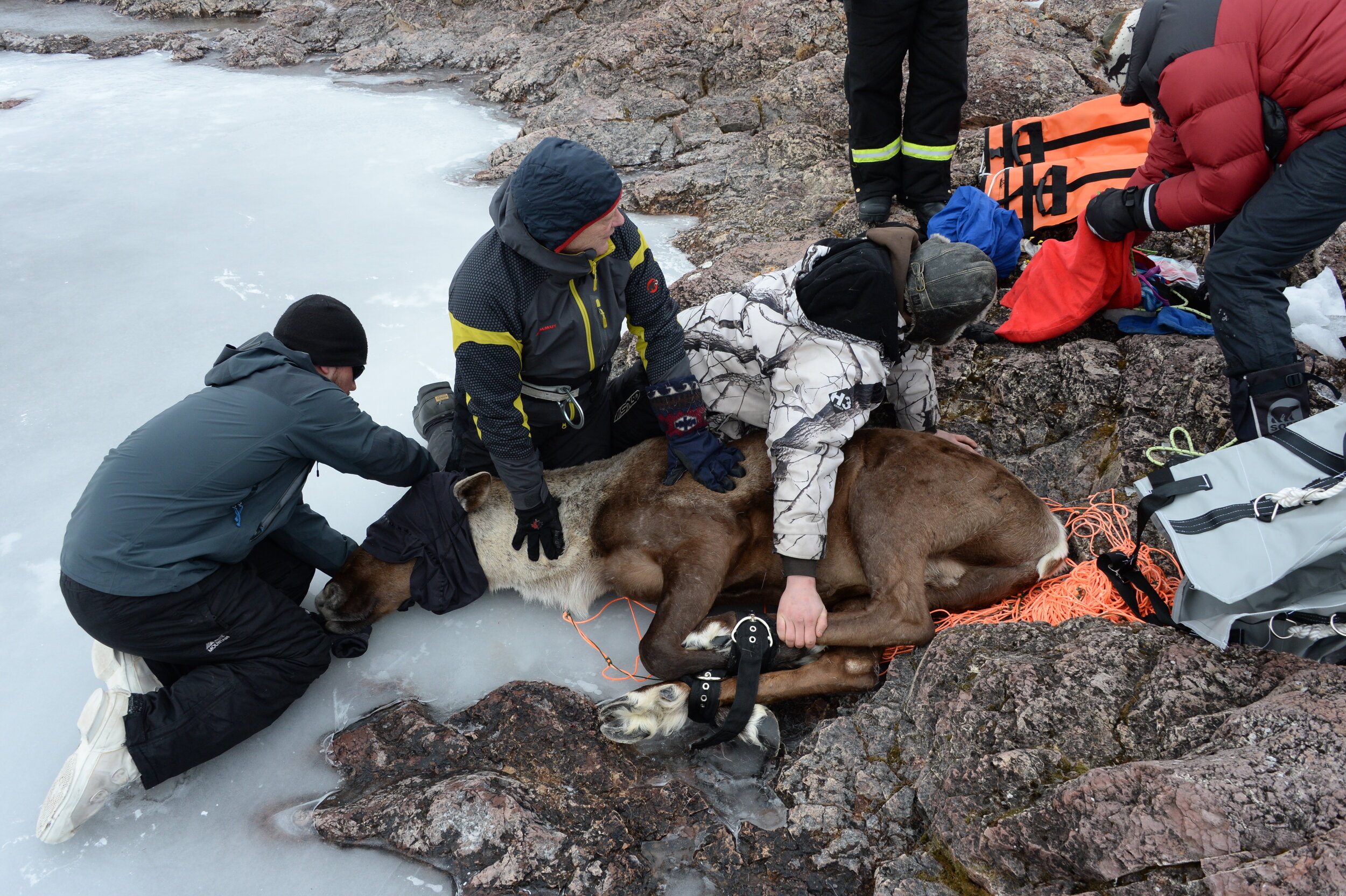
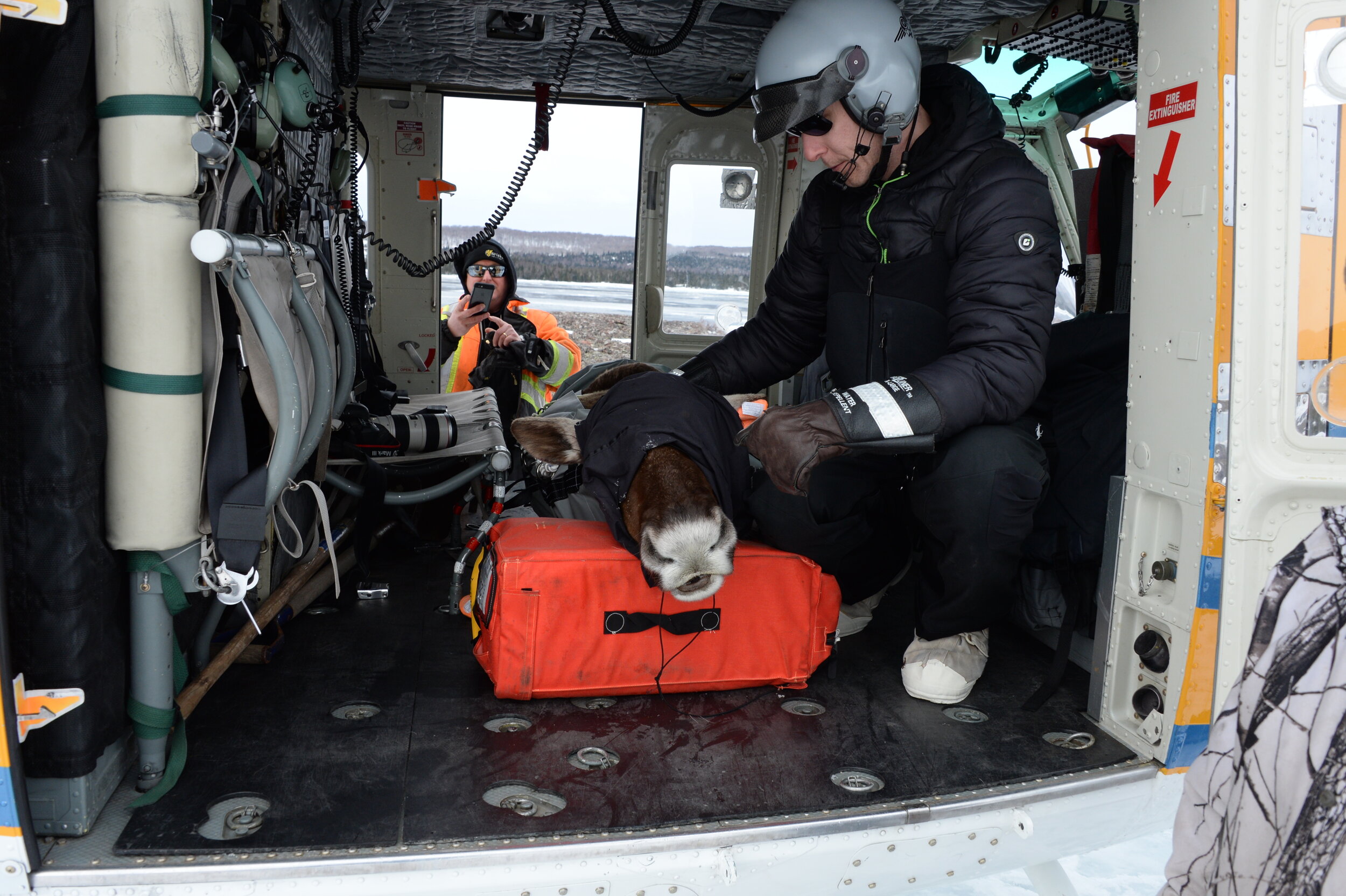
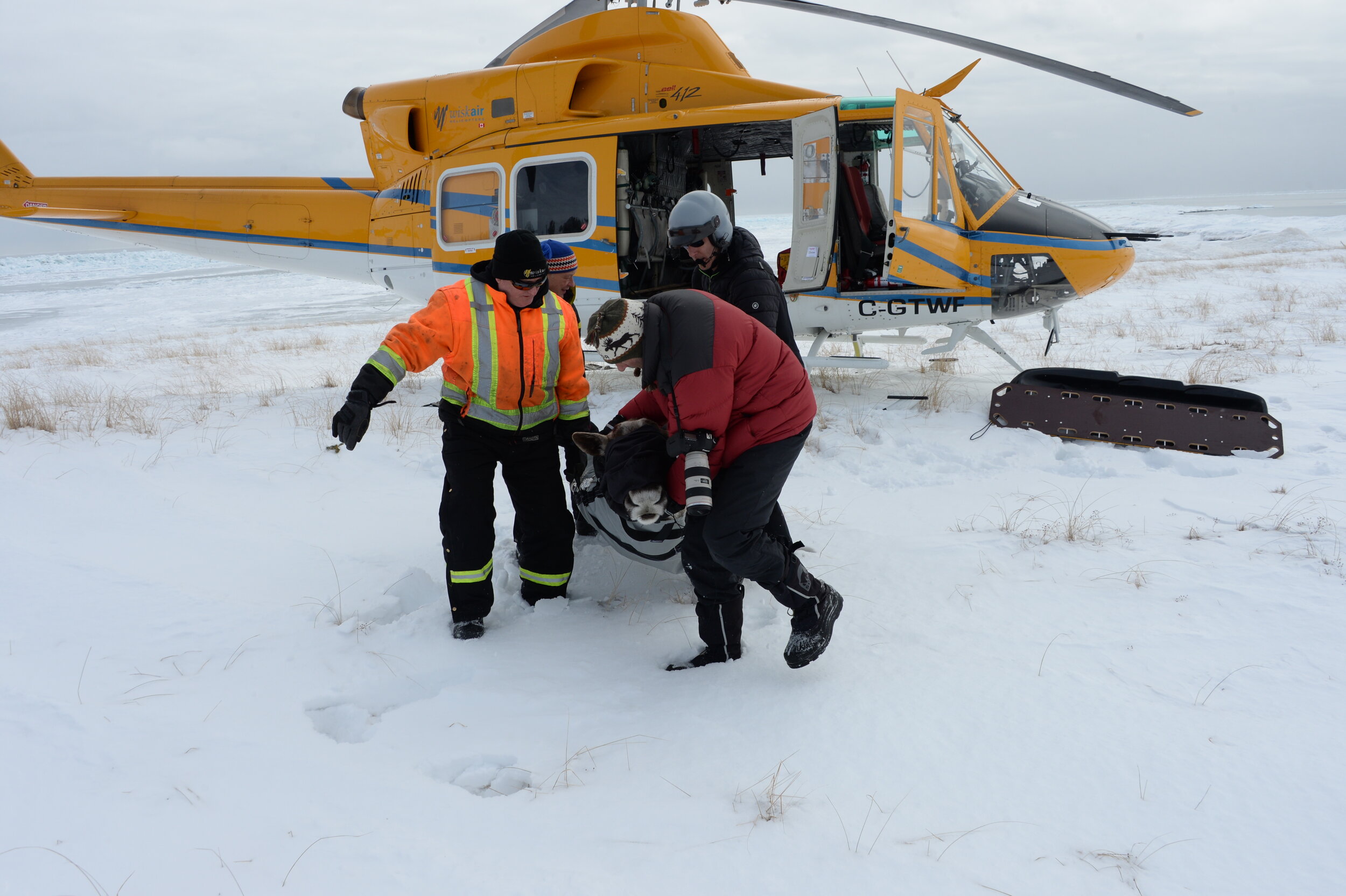

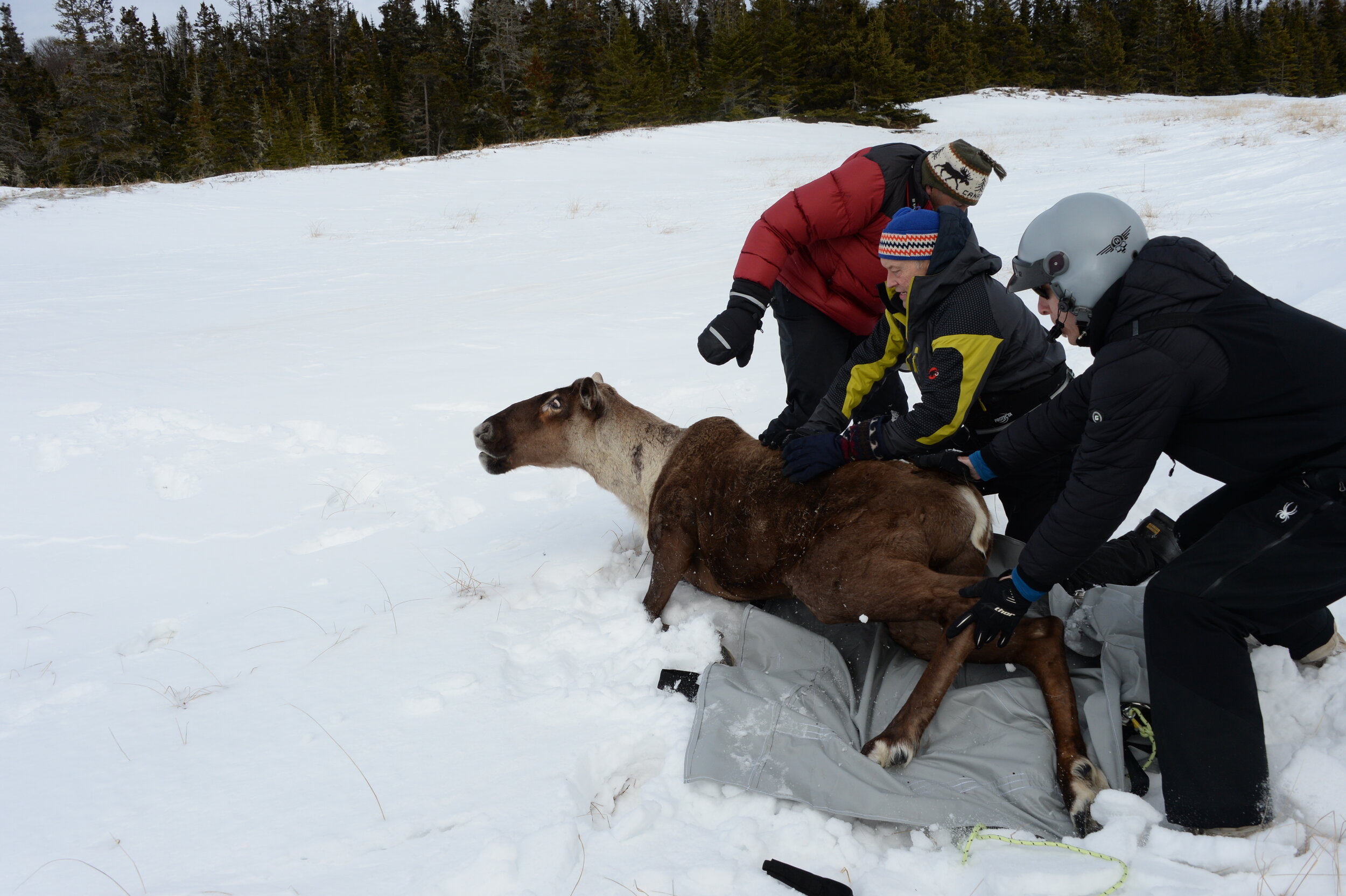
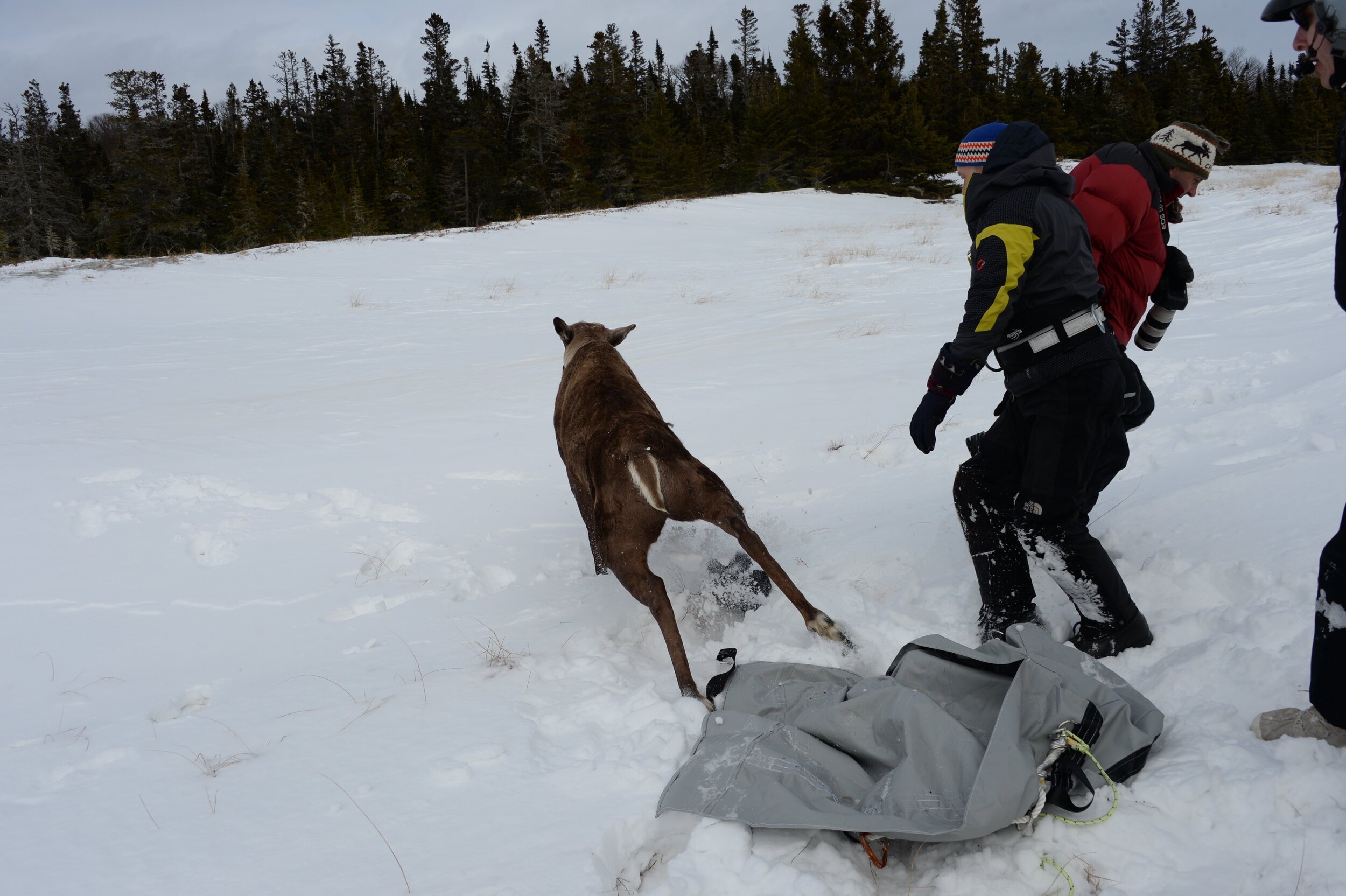
The Lake Superior caribou can’t stay on the small islands forever. Even if the islands could sustain more of them, it starts to get weird, genetically speaking. Inbreeding is risky for the health of the herd.
“You’re starting off your population with just five Y chromosomes,” Eason quipped. He said the individuals who’ve lasted this long are likely the fittest and most clever of their kind — with traits that could be useful if they’re ever to re-establish a self-sustaining population near Lake Superior.
Those fit, clever genes are the subject of work by EcoGenomics, a national caribou monitoring project funded by several groups, including the research non-profit Genome Canada. Its long-running work is meant to improve wildlife monitoring practices across the country, with a team led by Paul Wilson, a professor of conservation genomics at Trent University’s biology department, and Environment and Climate Change Canada research scientist Micheline Manseau.
Over the past two years, the team has received provincial funding to study caribou in Ontario, in partnership with Ministry of Natural Resources and Forestry ecologist Jeff Bowman. They analyzed samples of DNA left behind in blood from wolf kills and roadkill, as well as fecal matter, and used them to sequence genomes.
“We try to be as minimally invasive as we can when there’s so few caribou left,” said Kirsten Solmundson, a PhD student at Trent who’s focused her work on Lake Superior caribou.
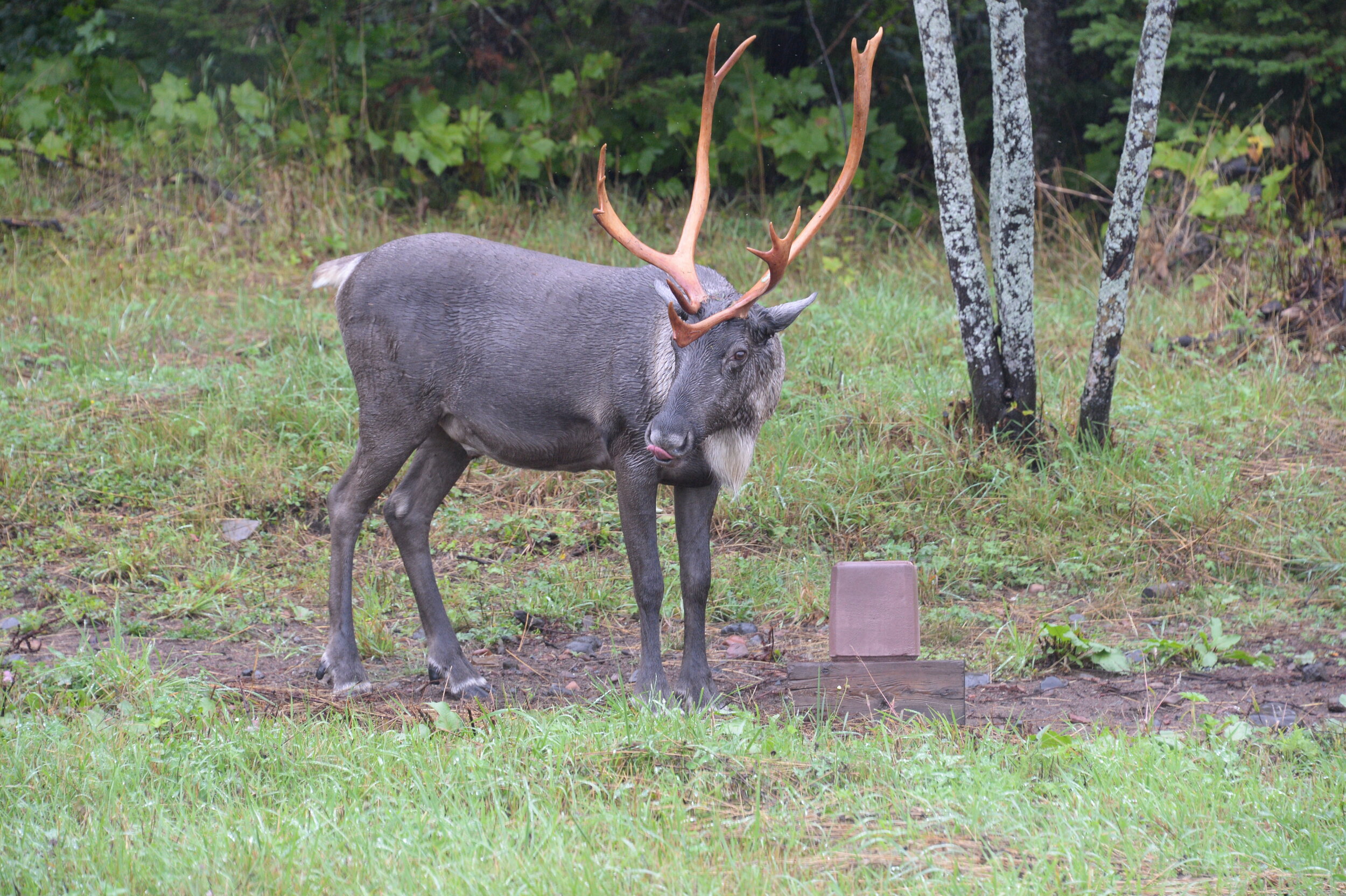
The team has been able to distinguish between the genomes of Lake Superior caribou and herds in other parts of Ontario, a key piece of information for future conservation plans. “If effort’s put in, we can get the genomes of all these individuals, and really help drive the decision making,” Wilson said.
EcoGenomics’ dataset includes different regions of Ontario. It has some historical data, too, which allows researchers to see how caribou have adapted over time, and how they might adapt to climate change. It could even give hints as to which of the Lake Superior caribou would be most likely to survive and breed, should they be moved somewhere else again.
And more moves certainly seem to be in the cards. A year after the caribou were moved to the islands, wolves from Michipicoten Island were trapped and sent to Isle Royale National Park on the American side of Lake Superior, to keep its moose population in check. If the predators are truly gone, Ontario could eventually move the caribou back to Michipicoten Island, which the province said was its goal back in 2018.
But that possibility raises complicated questions: what happens the next time the lake freezes over? Would wolves have to be culled, or moved themselves? Or would the caribou be relocated yet again? What are the long-term impacts on animals being constantly airlifted from place to place?
As for Wells, the tour operator, he says that not only does he want the caribou to survive, but his business benefits from them being around. At the same time, he worries that more human intervention isn’t helping.
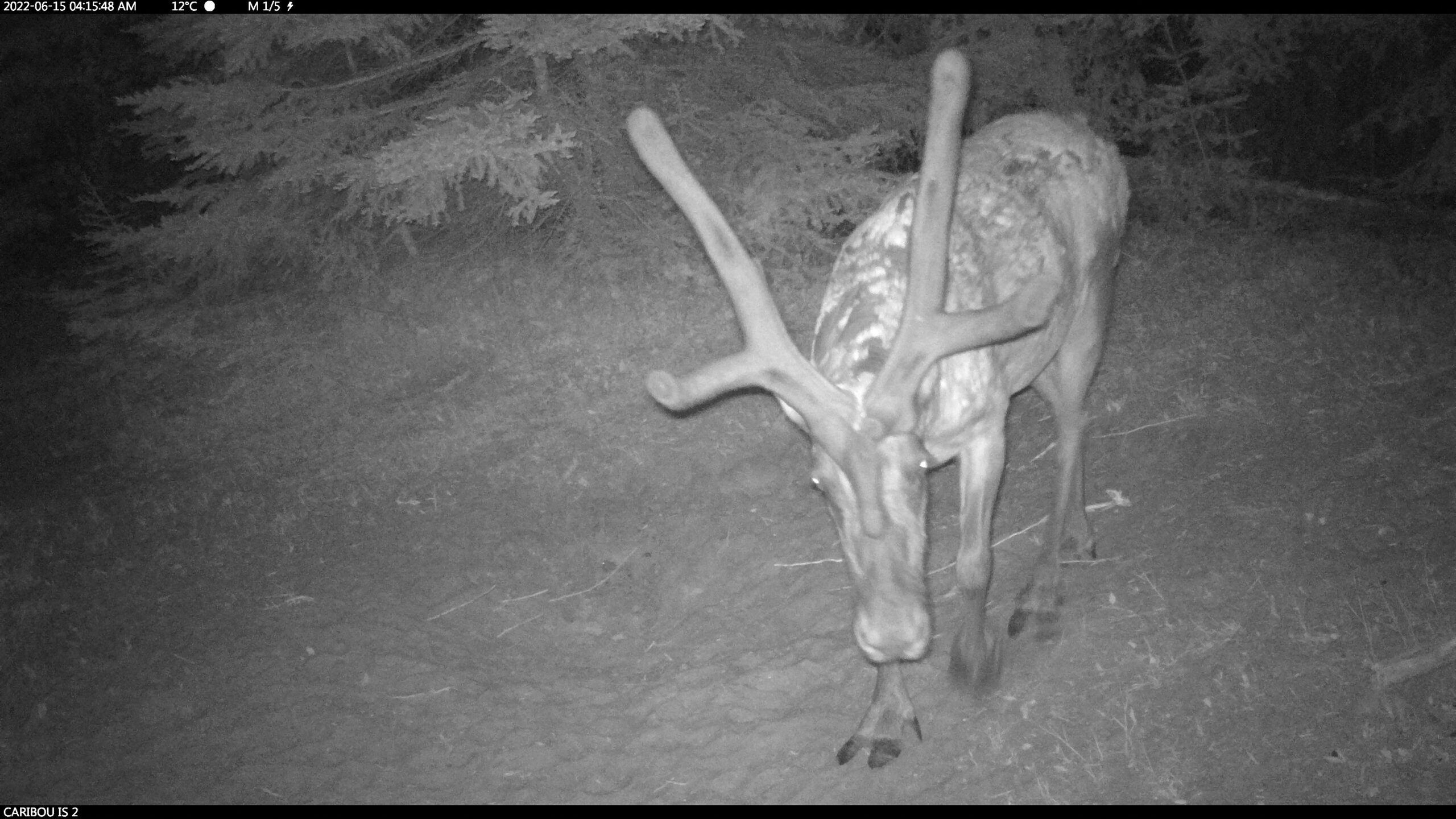
“Are we guardians or are we gardening?” he said. “Every time we do something, it affects something else. So how far do we meddle in nature?”
Opinions on intense conservation efforts also differ among the region’s First Nations.
Michipicoten First Nation would like to bring caribou from both Caribou Island and the Slate Islands back to Michipicoten Island to restore some genetic diversity. There’s no word on whether the government wants that as well. “They’re not listening,” Tangie said, despite treaty provisions that require sharing the land, and respecting Indigenous jurisdiction.
In the long run, Michipicoten wants to bring caribou back to protected areas on the mainland like Pukaskwa in partnership with other First Nations.
Biitigong Nishnaabeg, on the northeast coast of Lake Superior, has said it has a “strong aspiration” to re-establish a strong, healthy caribou population on the mainland, and that it’s taking that goal into the community’s own hands due to the Ontario government’s “lack of progress.” (Chief Duncan Michano wasn’t available for an interview by deadline.)
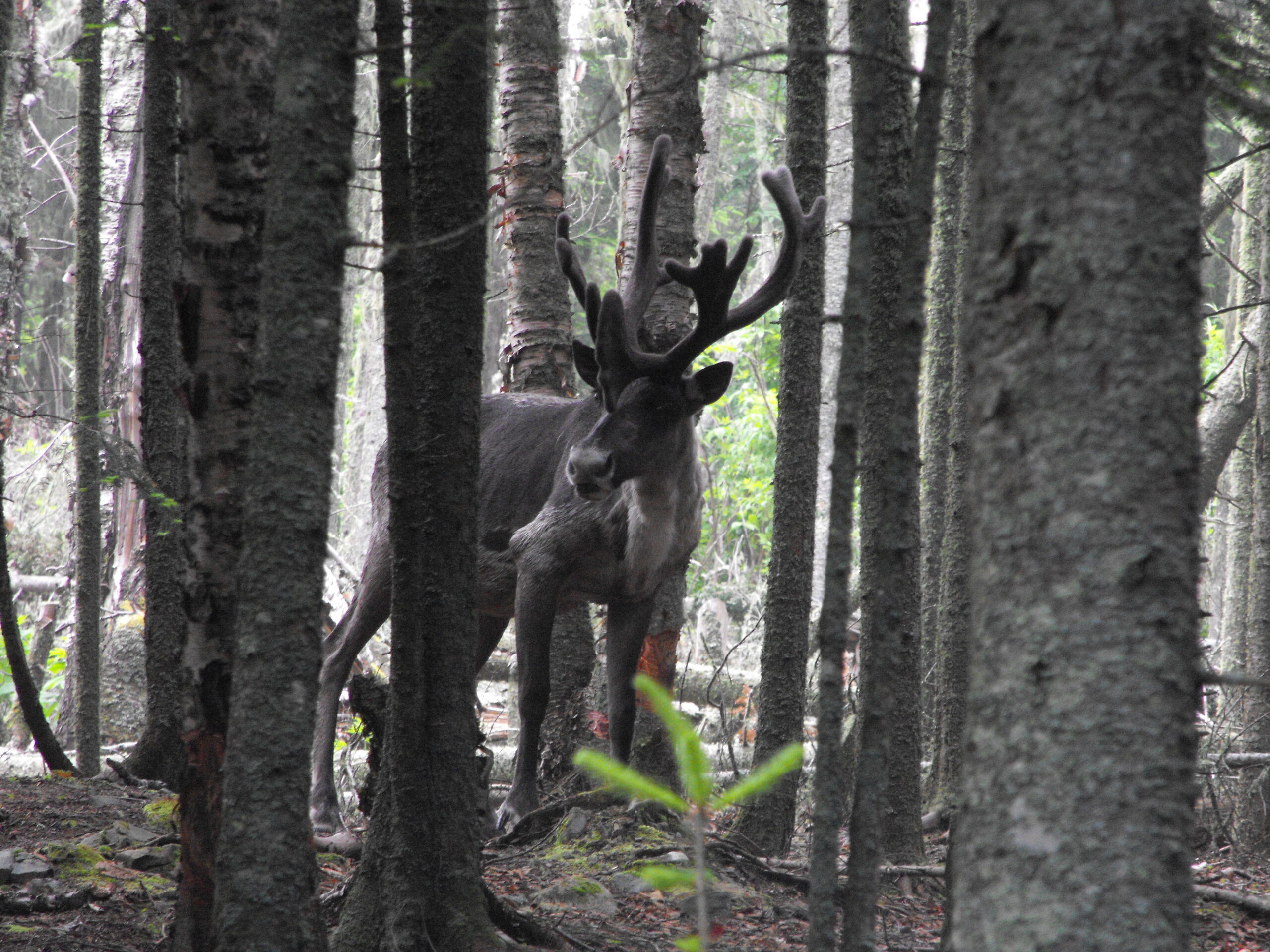
On the other hand, the Ojibwe community of Red Rock has opposed caribou restoration efforts since at least 2019, when the nation raised concerns about how the corridors could affect forestry and mining.
In an interview, Chief Marcus Hardy told The Narwhal the community is against reconnecting Lake Superior caribou with northern herds because it would involve creating corridors that would infringe upon his community’s right to use its territory for hunting, gathering traditional medicines and building. He added that elders in the community, on the mainland northwest of the Slate Islands, say there were never caribou in their territory anyway.
“The Canadian and Ontario governments have a real long history of trying to play God, even with our people, and it never works,” Hardy said. “We’ve never ever had an issue with conservation or management. We’ve always lived with the land.”
The Ontario government, for its part, consulted the public on different approaches to managing the Lake Superior caribou in 2018 but hasn’t yet announced a decision.
“The ministry continues to focus efforts on monitoring and securing the island caribou populations, specifically the Slate Islands population,” Environment Ministry spokesperson Gary Wheeler said in an email.
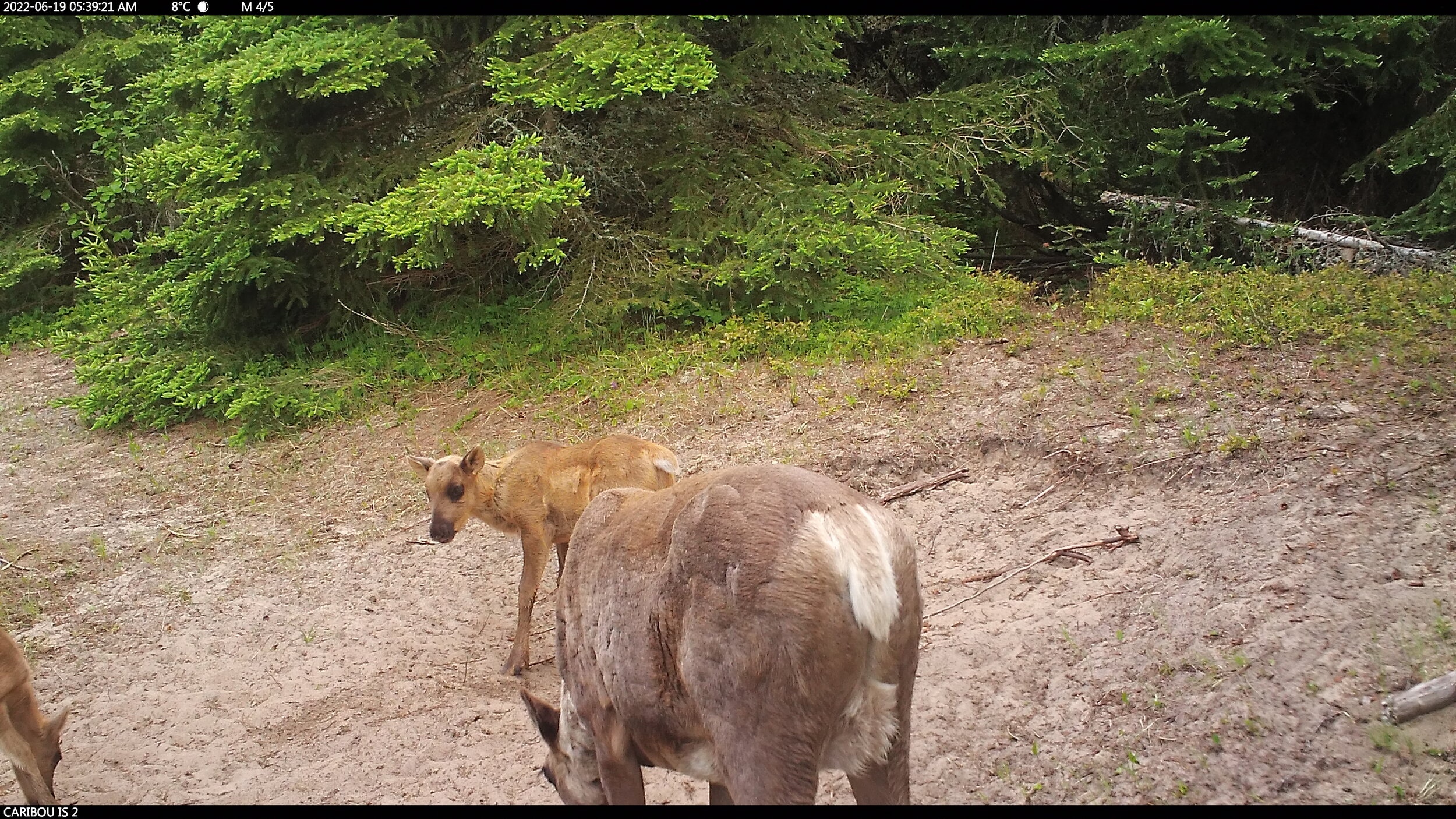
Sometimes, Lakehead biologist McLaren worries the writing was on the wall long ago. But when he remembers seeing caribou on the Lake Superior coast in decades past, he finds it hard to believe they truly can’t come back. “They’re kind of magnificent animals,” he said. “They make a good sort of canary in the coal mine … if they can remain it means that we’re managing habitat well, but I think we’re still many years from that.”
In mid-August, Tangie, Eason and a crew of caribou enthusiasts crossed the choppy waters to Caribou Island to check on the herd.
All seemed calm. Though the caribou stayed hidden, a salt lick left for them had long since been polished off. A trail camera had captured 95,000 images of them passing through. And among the hooved footprints lining the beach, the group found a few tiny tracks: a little bit of hope, showing this year’s calves are alive and well.
Get the inside scoop on The Narwhal’s environment and climate reporting by signing up for our free newsletter. On a warm September evening nearly 15...
Continue reading
115 billion litres, 70 years to fix, $5.5 billion in lawsuits

Climate change, geopolitics and business opportunities power a blue economy

10 billion litres of sewage are dumped into Winnipeg’s lakes and rivers each year. Some...
